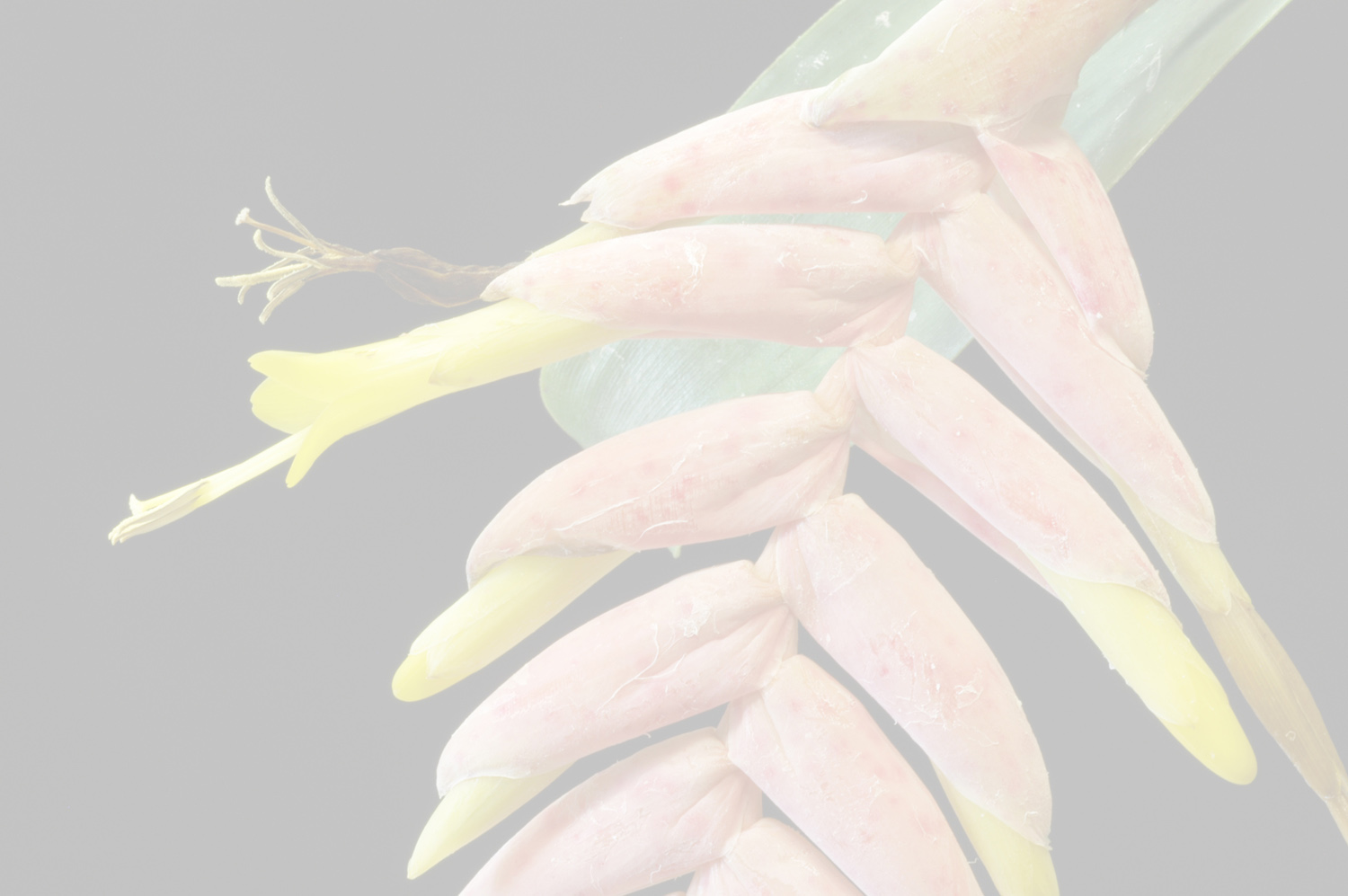

 Vriesea euclidiana Leme & G.K.Br.[as Vriesea euclidiana Leme & G.K. Br.]
Vriesea euclidiana Leme & G.K.Br.[as Vriesea euclidiana Leme & G.K. Br.]Diagnose: —Species nova a Vriesea harrylutheri Leme & G.K. Br., cui proxima, laminis foliorum suberectoarcuatis vel patentibus et basin versus distinctly canaliculatis, inflorescentia breviora, apice acuminato, bracteis floriferis medio sepalorum aequantibus differt; a Vriesea appariciana E. Pereira & Reitz cui affinis, laminis foliorum albo-cinereis, inflorescentia longiora, floribus majoribus, sepalis et petalis longioribus differt. Observations: —Vriesea euclidiana is a member of the V. appariciana complex, being closely related to V. harrylutheri, differing from it by the leaf blades suberect-arcuate to spreading (vs. strongly reflexed), distinctly canaliculated toward the base (vs. flat toward the base), inflorescence shorter (20– 25 cm vs. ca. 35 cm) with an acuminate apex (vs. apex composed by an obtuse crest of bracts), and by floral bracts about equaling the midpoint of the sepals (vs. equaling 2/3 of sepals length). It is possible to point out some resemblance with V. appariciana, but the new species can be distinguided by leaf blades white-cinereous (vs. grayish-green), inflorescence longer (20–25 cm vs. 12–20 cm long), flowers longer (ca. 50 mm long vs. ca. 40 mm long), sepals longer (25– 29 mm vs. 20–23 mm long), and by petals longer (ca. 42 mm vs. 32–35 mm long).Edited from (21-12-2014): Pereira 1971. (protologue) Species nova in Brasilia Bromeliacearum .